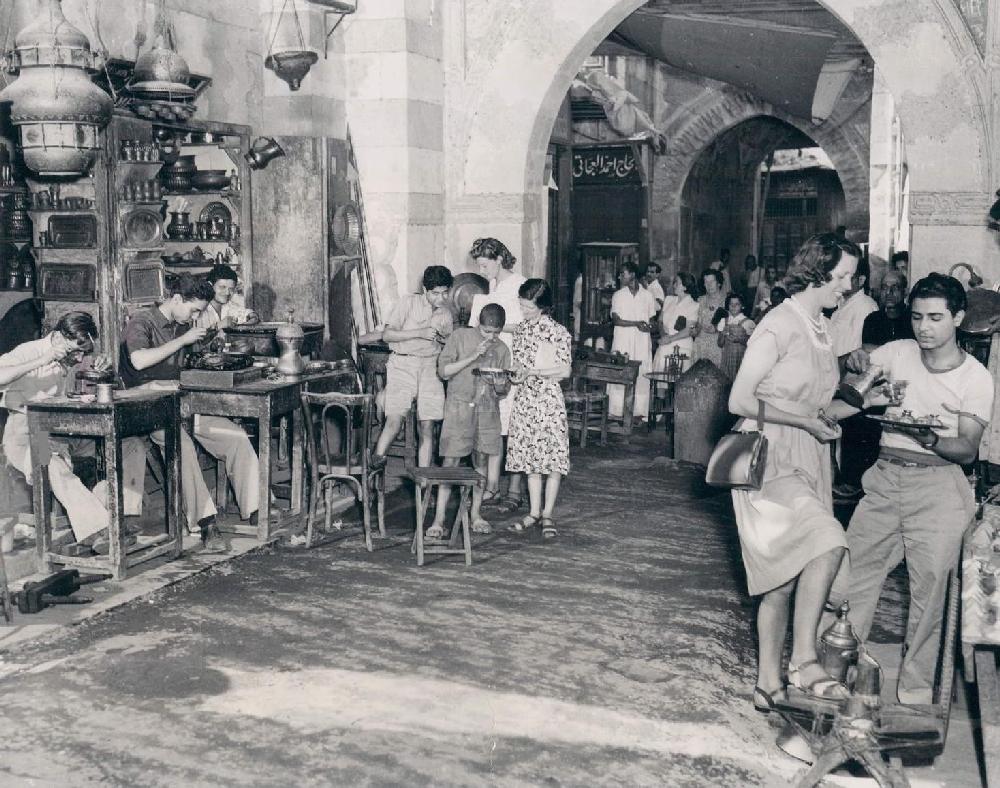
Figure 1.--This is a scene in Cairo's rnowned Musky Market in 1950. The caption read, "A typical scene through the endlss paths that make up the Musky. This is the 'opper Shops' area ehere solid silver inlays and hammered designs are made. 'Thousand and One Nights' remain unchanged in Cairo's 2,000 ear old 'Musky'. Shades of Marco Polo! Uncganged, unspoiled in Ciro's most amazing merchandising spectacle, the 2,000 year old Musky, most fabulous bazaar in the world! Here, from the four quaters of the globe, come spices, gold, silver, jewels, rug, everything and anything to be bought and sold. Sales are not made across modern, sparkling neon-lighted counters -- but in native shops, where old-time craftsmen and their sons are hammering silver into copper, carving elephant tusks, weaving carpets, making beads, mounting jewels and doing all that goes on, seen and unseen, in a polygot city within a city, unlike any in the world." |

